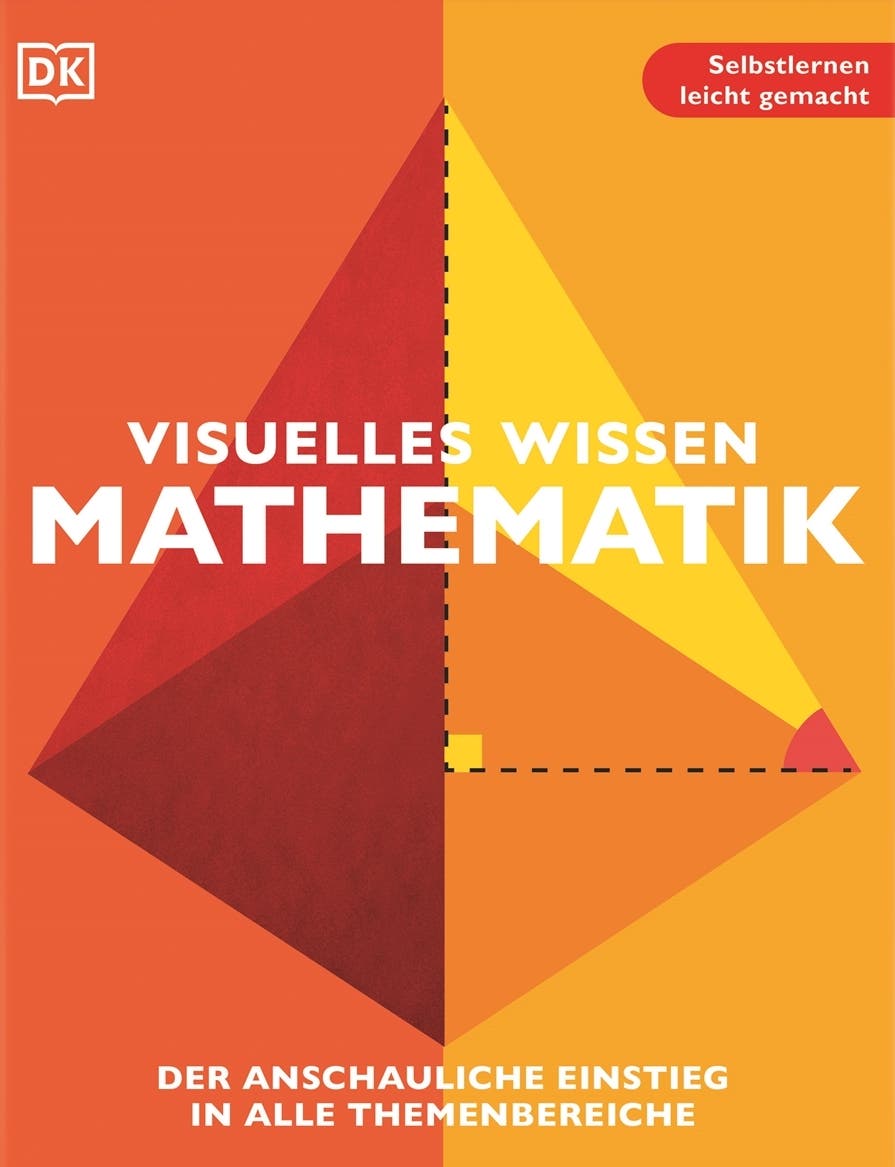The three books in the “Visual Knowledge” series on the topics of mathematics, physics and biology are intended for schoolchildren from the age of twelve, but individual volumes can also be read by adults. As the title suggests, the works have attractive illustrations and images to complement the well-written and compact texts. The authors deal with each of the facts on a clear double page and briefly summarize the essential facts; In addition, the glossary and index make it easy to search for terms.
Keep a long story short
The math textbook ranges from the simplest algebra to probability calculations: it includes quadratic equations, inequalities, trigonometry, as well as functional and geometry equations. The content is explained briefly but understandably and also included in daily practical examples.
The physics book is similarly extensive. The spectrum ranges from energy and thermal conductivity through mechanics, waves, electricity and magnetism to the basics of atomic physics.
The biology book explains the most important biological basics of plants, animals and humans in a way that is easy to understand. At first one learns what is meant by life. This is followed by topics on cell biology and basic functions such as enzymes, respiration, nutrition, and the nervous system, and chapters on hormones and reproduction. A presentation of genetic engineering and ecology complements the picture of modern biology.
Every book on physics and biology begins with an introductory chapter on the basics of scientific work. Here the basics of scientific experiments are introduced and you learn a lot about scientific procedures: hypotheses, test planning, data collection and evaluation, interpretation and classification into scientific models and theories. Simple experiments, which can be done mainly in school lessons, show how questions can be scientifically processed in order to reach meaningful results. The benefits of scientific knowledge and its risks to society and the environment are also addressed.

“Explorer. Communicator. Music geek. Web buff. Social media nerd. Food fanatic.”







More Stories
A fossilized creature may explain a puzzling drawing on a rock wall.
MrBeast Sued Over ‘Unsafe Environment’ on Upcoming Amazon Reality Show | US TV
Watch comets Lemmon and SWAN approach Earth today